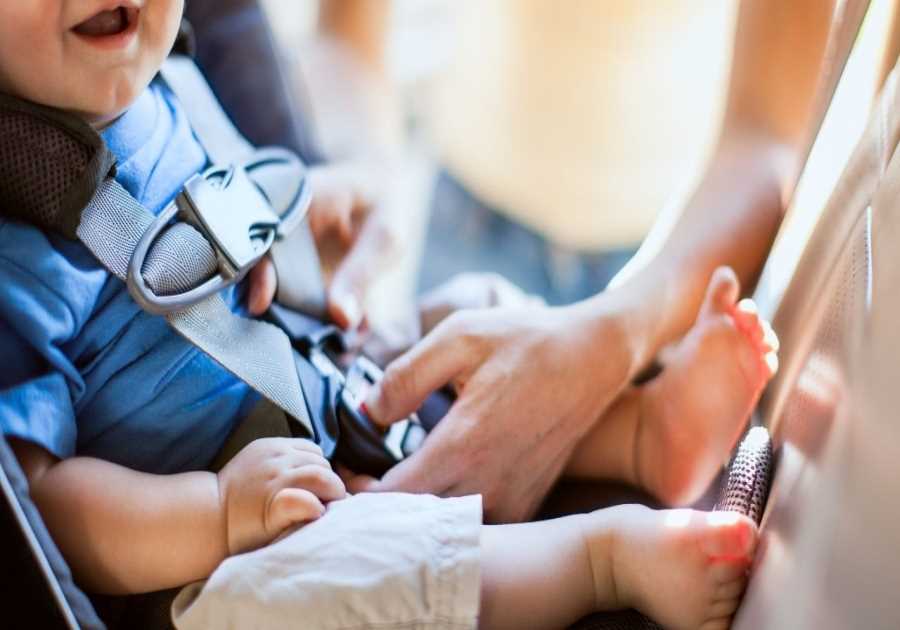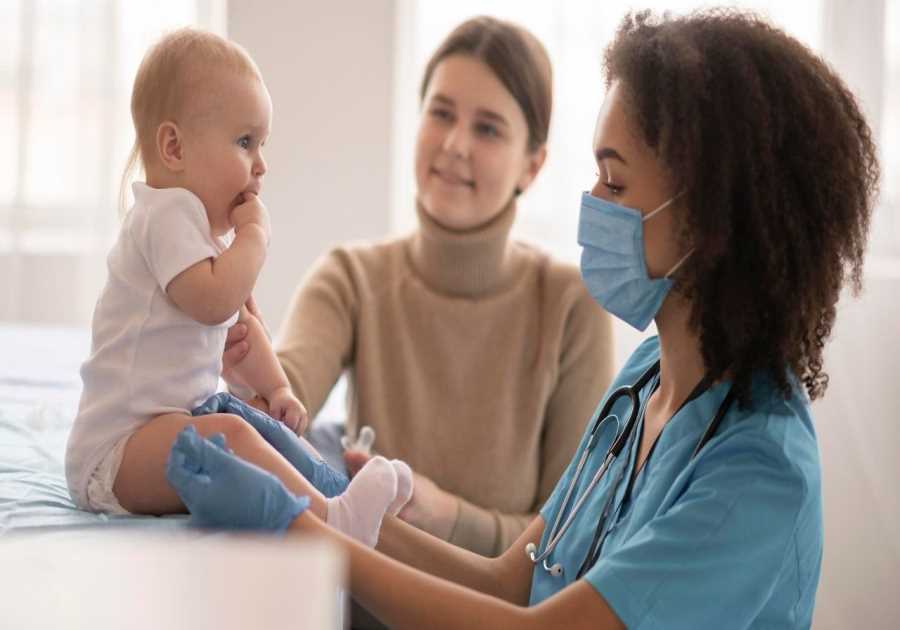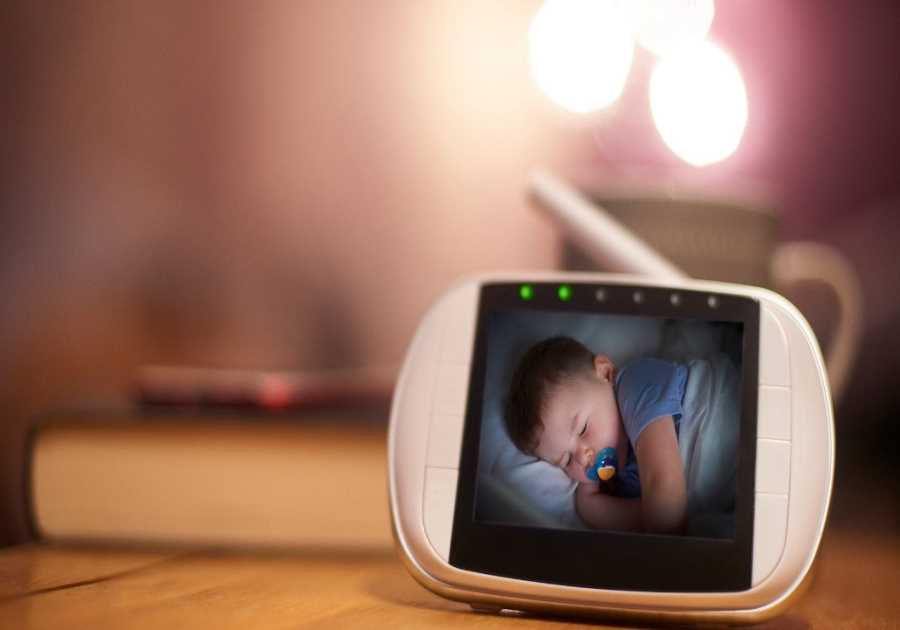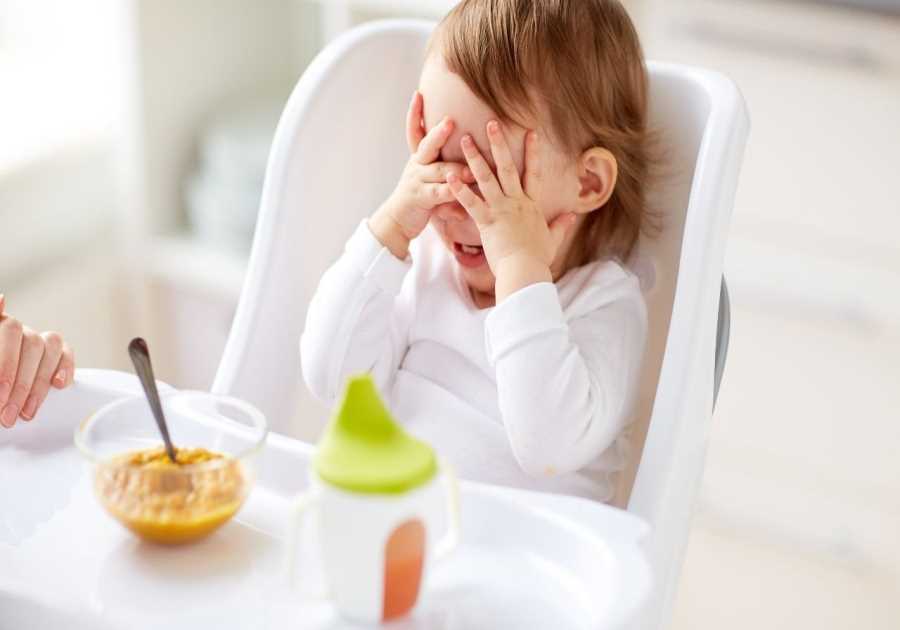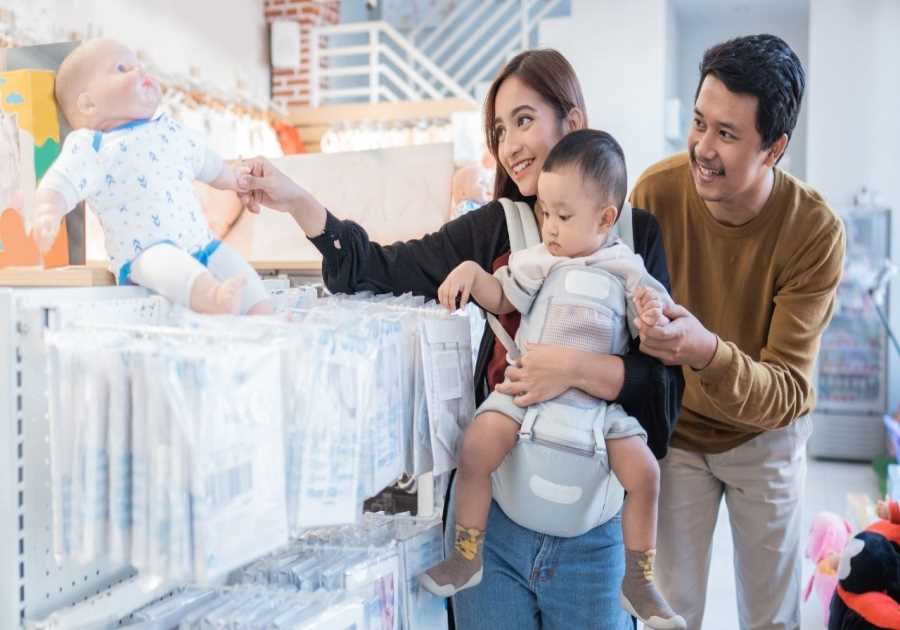You're a parent, and your child is an explorer. They are curious, adventurous, and always eager to discover new things in the world around them. Watching them grow and learn is one of life's greatest joys, but as they explore their environment, it's important to keep safety at the forefront of your mind.
Just like a captain navigating through unchartered waters, you must steer your little explorer towards safe shores. You want to protect them from harm while allowing them to experience all that life has to offer. Creating a secure environment for your child is essential, and this article will provide you with practical tips on how to make safety a top priority in your home. So sit tight and get ready to set sail on a journey towards peace of mind for both you and your little explorer!
Baby-Proof Your Home
You'll need to make some changes around the house if you want to keep your curious little one out of harm's way. One of the first things you should consider is corner safety. Your baby will eventually start crawling, and that means they'll be exploring every inch of your home. Sharp corners on furniture can pose a serious threat to their safety, so it's important to take measures to prevent accidents from happening. You can invest in corner guards or padding to protect your little one from bumping into sharp edges.
Another area you need to focus on is electrical outlets. Electrical outlets are usually located at a low level, making them an easy target for small hands and fingers. Luckily, there are several ways you can childproof them easily. You can install outlet covers that cover the entire socket or sliding outlet covers that only open when pressure is applied evenly on both sides of the plug. This ensures that your baby won't be able to stick their fingers or any other objects inside the socket which could lead to electrocution or burns. By taking these simple steps, you're creating a safer environment for your baby at home!
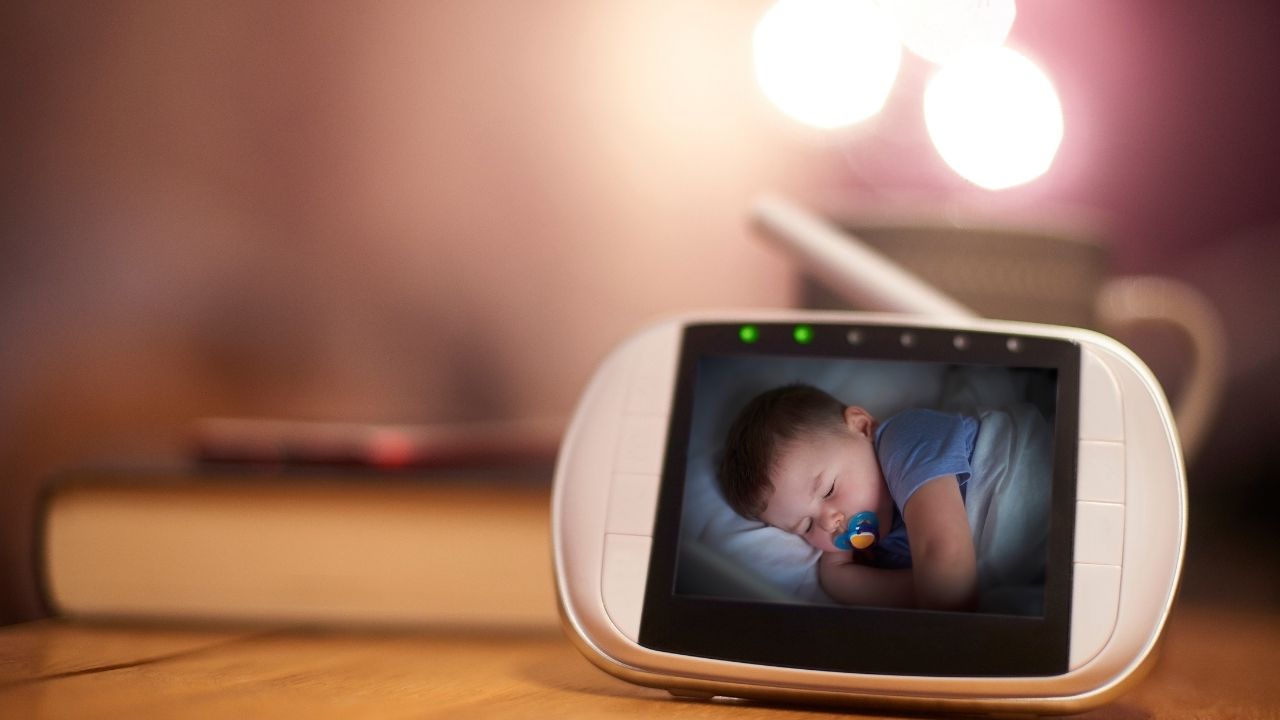
Now that we've made some adjustments around the house, it's also important to teach your child about stranger danger. By nature, babies are curious and trusting creatures but as parents and guardians, we must teach them how strangers might not always have good intentions towards them and how they should react when approached by unfamiliar people outside their immediate family or circle of trust!
Teach Your Child About Stranger Danger
Now it's time to teach your child about the dangers of strangers and how to stay safe in unfamiliar situations. This can be a difficult topic for both parents and children, but it is important to have open and honest conversations about stranger danger. Role playing exercises can be helpful in teaching your child how to react if approached by a stranger. For example, you can pretend to be a stranger asking for help finding a lost pet or offering candy, while your child practices saying "no" and running away.
Identifying safe strangers is also important. Teach your child that police officers, firefighters, teachers, and other authority figures are examples of safe strangers who they can go to for help if needed. It is also crucial to explain that just because someone looks friendly or familiar does not mean they are safe. Encourage your child to trust their instincts and always seek help from a trusted adult if they feel uncomfortable or scared in any situation. With proper education and practice, your child will feel empowered to make safer choices when encountering strangers.
As you continue on the journey of creating a secure environment for your little explorer, it's important to ensure safe playtime as well.
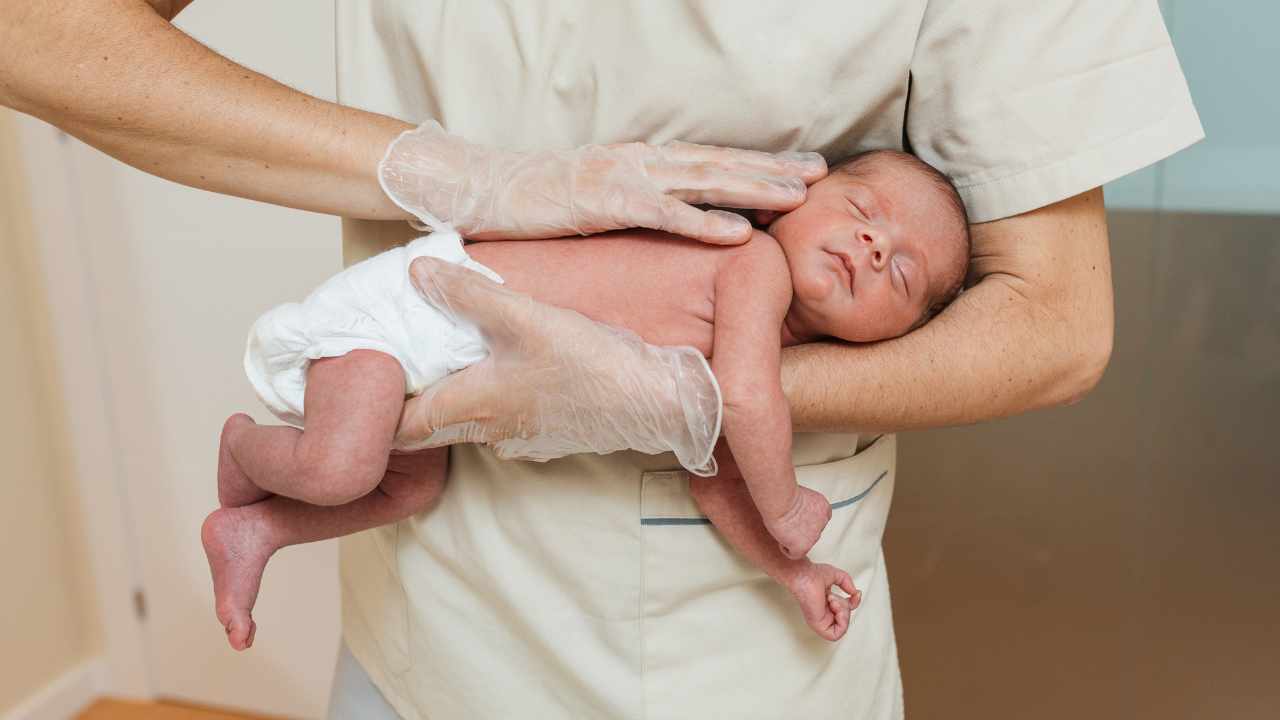
Ensure Safe Playtime
Make sure your child's playtime is a blast without any bumps in the road by keeping an eye out for potential hazards and giving them plenty of room to spread their wings. Supervision strategies are vital when it comes to ensuring outdoor safety. It's important to make sure that there are no sharp objects, poisonous plants, or other dangers lurking around your child's play area. Keep an eye on them at all times and intervene if you see anything that could potentially harm them.
In addition to being vigilant about potential hazards, it's also important to give your little explorer plenty of space to run, jump, and climb. Encourage them to explore their surroundings but make sure they understand the boundaries they need to stay within. With these precautions in place, you can rest easy knowing that your child is safe while having fun outside. Now let's talk about how you can promote good hygiene as part of your overall safety plan.
Promote Good Hygiene
Teaching your child to wash their hands properly is an essential step in promoting good hygiene. Make sure to use warm water and soap, and encourage them to scrub for at least 20 seconds. Keeping surfaces clean, such as countertops and toys, can help prevent the spread of germs. Lastly, it's important to avoid sharing personal items like toothbrushes or utensils to reduce the risk of infection. By following these simple steps, you can create a safe environment for your little explorer.
Teach Hand Washing
It's important to show kids the proper way to wash their hands to keep them healthy and germ-free. Hand washing is a simple yet effective way to prevent the spread of germs, bacteria, and viruses that can cause illnesses like colds, flu, or diarrhea. By teaching your child how to properly wash their hands, you're not only keeping them safe but also helping them develop good hygiene habits that they will carry throughout their life.
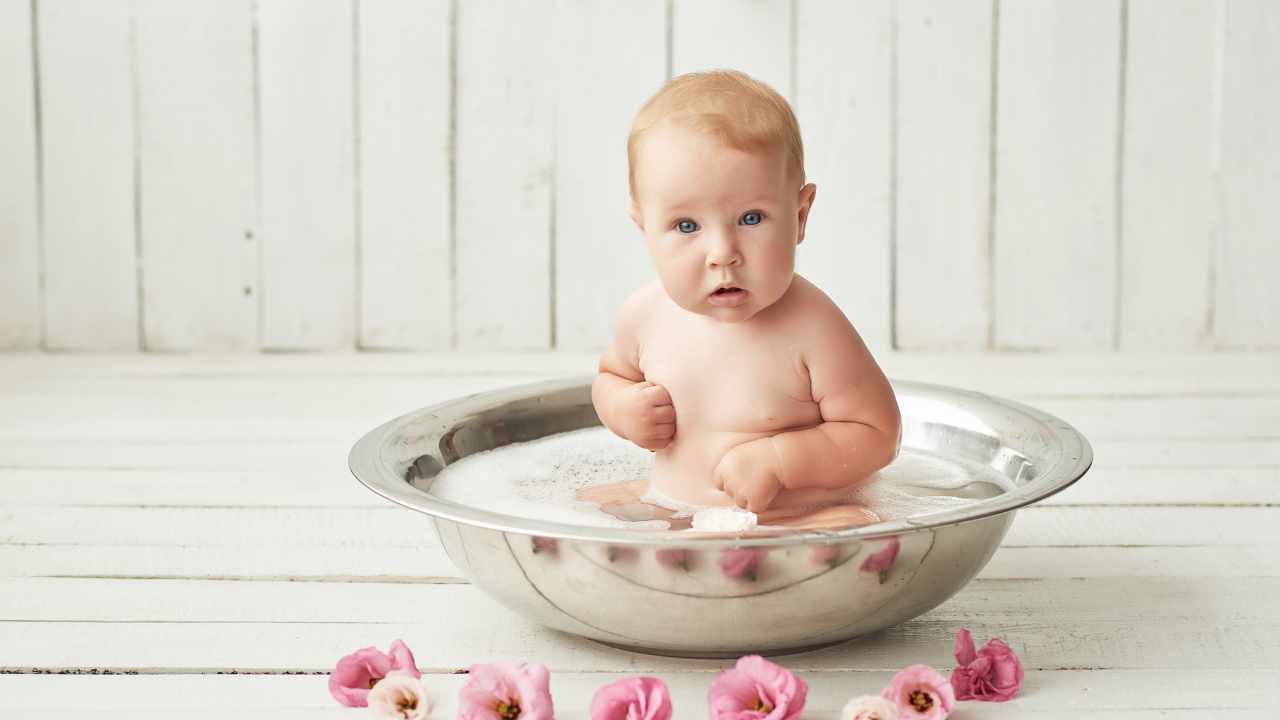
To make hand washing fun for children, try singing a catchy song while they scrub away! You can also use colorful soap dispensers or foaming soap to make it more engaging for them. Another trick is to challenge them by setting a timer for 20 seconds (the recommended time for washing hands) and see if they can sing the alphabet song or count up to 20 while scrubbing. These simple yet effective techniques will help your child understand the importance of hand washing while making it an enjoyable activity.
Transitioning into the subsequent section about 'keep surfaces clean': Now that your little explorer knows how to properly wash their hands let's talk about another crucial aspect of maintaining good hygiene- keeping surfaces clean.
Keep Surfaces Clean
Maintaining a clean and sanitized environment is like building a shield that protects against invisible invaders lurking on surfaces. As your little explorer moves around, they come into contact with many surfaces, some of which may harbor harmful bacteria or viruses. To keep your child safe, it's important to maintain a hygienic environment by following the tips below:
- Use child-friendly surfaces: When choosing furniture or fixtures for your child's room, opt for materials that can be easily cleaned and disinfected such as plastic or metal.
- Choose non-toxic cleaners: Avoid harsh cleaning products that contain toxic chemicals that could harm your child's health. Instead, use natural disinfectants like vinegar or baking soda.
- Disinfection practices: Establish a regular cleaning routine and focus on high-touch areas like doorknobs, light switches, and countertops. Be sure to use disinfectants that are effective against germs but safe for children.
- Keep separate cleaning supplies: Don't mix up the cleaning supplies you use in other parts of the house with those you use in your child's room. Keep them separate to avoid cross-contamination.
- Teach good hygiene habits: Encourage your child to wash their hands frequently and avoid touching their face.
By keeping these tips in mind and maintaining a clean environment at home, you're helping protect your little explorer from harmful bacteria and viruses. In the next section, we'll discuss another important step in keeping your child safe - avoiding sharing personal items.
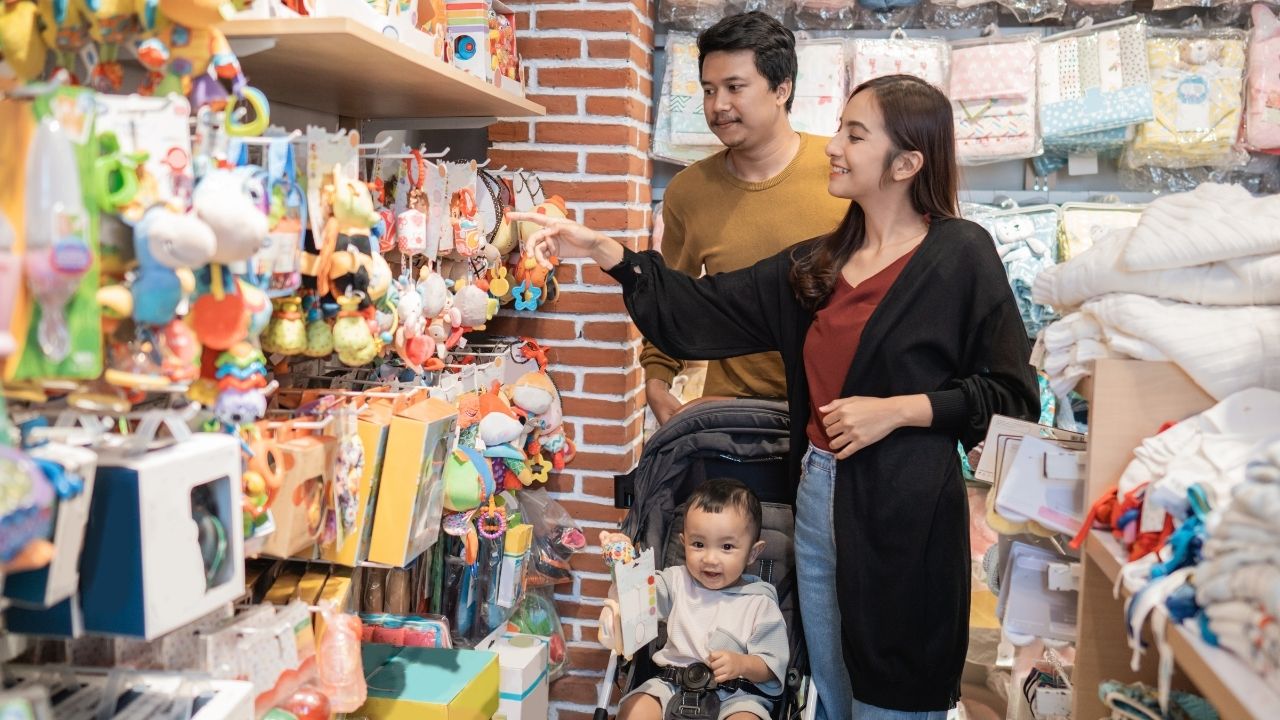
Avoid Sharing Personal Items
To truly protect your child, you should avoid sharing personal items with them. This includes things like eating utensils, water bottles, and even towels. Sharing these items can increase the risk of spreading harmful germs and bacteria that could cause illness or infection.
In addition to physical health concerns, there are also online privacy and social media safety issues to consider when it comes to personal items. For example, if you share a phone or tablet with your child, be sure to clear any sensitive information such as passwords or banking details before handing it over. And when it comes to social media accounts or online profiles, make sure your child understands the importance of keeping their personal information private and not sharing passwords with anyone. By taking these precautions, you can help keep both your child's physical health and online safety secure.
Transition: Now that you've taken steps towards keeping your little explorer safe from potential harm at home by avoiding sharing personal items with them, we will discuss how being prepared for emergencies is another important aspect of creating a secure environment for your child.
Emergency Preparedness
Teaching your child emergency contact information is crucial in a time of crisis. Create a list that includes the phone numbers of family members, neighbors, and emergency services such as 911. In addition to this, keep a first aid kit handy that includes items such as bandages, gauze pads, and antiseptic wipes. Lastly, practice fire drills with your child so they know what to do in case of an emergency and can react quickly if needed.
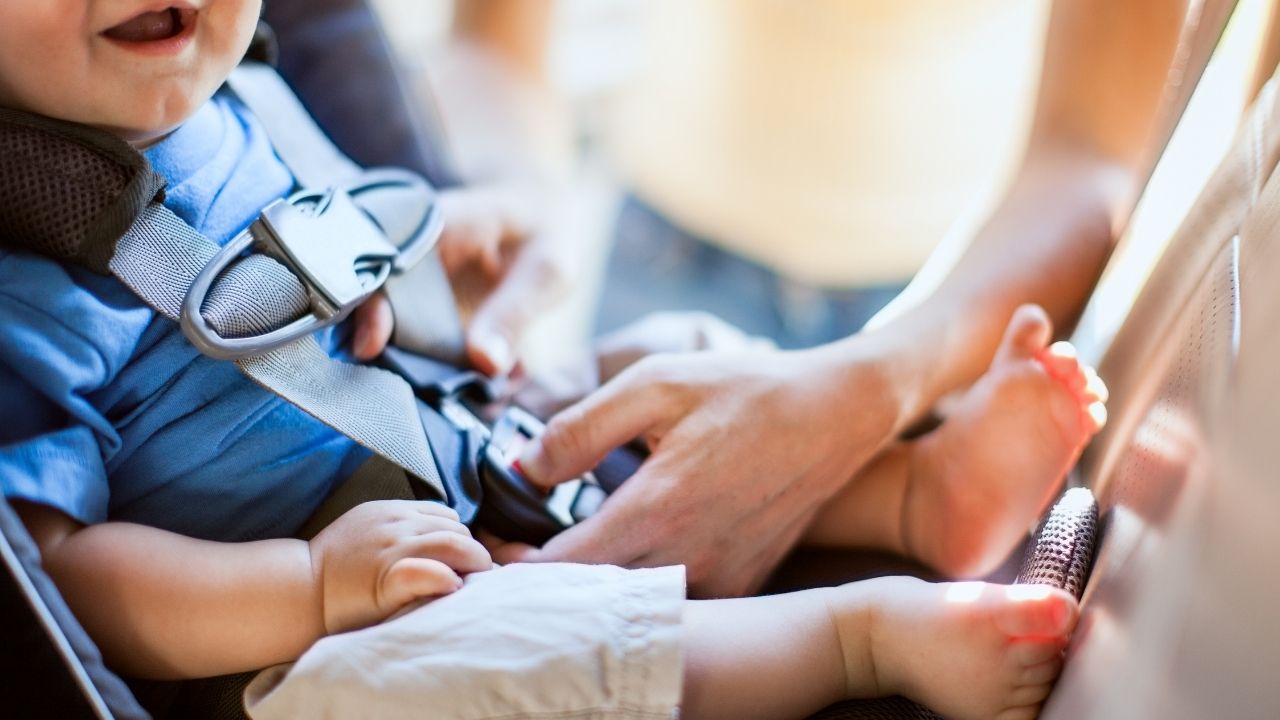
Teach Emergency Contact Information
It's important to remember that accidents can happen at any time, so make sure your kiddo knows who to call in case of an emergency - a lifeline in their back pocket like Batman's utility belt. Teaching them about emergency contact information is crucial for their safety. Role playing scenarios with your child can help them understand the importance of knowing who to contact during an emergency.
Creating an emergency contact card with all the necessary information and placing it somewhere easily accessible can also be helpful. Make sure that the card includes phone numbers for family members, neighbors, doctors, and any other relevant contacts. Additionally, consider adding important medical information such as allergies or medications on the card as well. By taking these steps and teaching your child about emergency contacts, you'll give them a valuable tool they can use if they ever find themselves in a dangerous situation. Next up: create a first aid kit!
Create a First Aid Kit
You'll want to have a first aid kit readily available for any bumps, bruises, or scrapes your child may encounter while exploring the world around them. It's important to include bandages of various sizes, antiseptic wipes or spray, gauze pads, and medical tape. You may also want to add some over-the-counter pain relievers and allergy medication in case of an emergency.
Creating a comprehensive first aid kit will ensure that you are prepared for any minor injuries that your little explorer may experience on their adventures. Once you have your kit assembled, make sure it is easily accessible and that everyone in the family knows where it is located. With this essential item at the ready, you can feel confident that you are doing everything possible to keep your child safe and secure as they explore the world around them. Next up: practice fire drills!

Practice Fire Drills
Get ready to light a fire under your family's emergency preparedness by practicing fire drills! Fire safety tips are crucial in ensuring the safety of your little explorer and everyone else in your household. Practicing escape routes regularly will help them become familiar with the exits so they can react quickly in case of an emergency.
Make sure that everyone knows what to do when a fire breaks out by holding regular fire drills. Start by creating an escape plan and identifying the best exit routes from each room. Assign responsibilities to each family member, such as who will grab the first aid kit and who will call 911. Knowing what to do in advance will help reduce panic during an actual emergency situation. Remember, practice makes perfect!
In addition to practicing fire drills regularly, it is important to stay informed and up-to-date on other safety measures you can take at home. By following these simple steps, you can create a secure environment for your little explorer and ensure that they feel safe at all times.
Stay Informed and Up-To-Date
Staying informed and up-to-date is crucial in ensuring that parents are equipped with the necessary knowledge to protect their child from potential hazards. With so many changes happening around us, it is essential to keep yourself updated on new safety measures and precautions. Here are some ways you can stay informed:
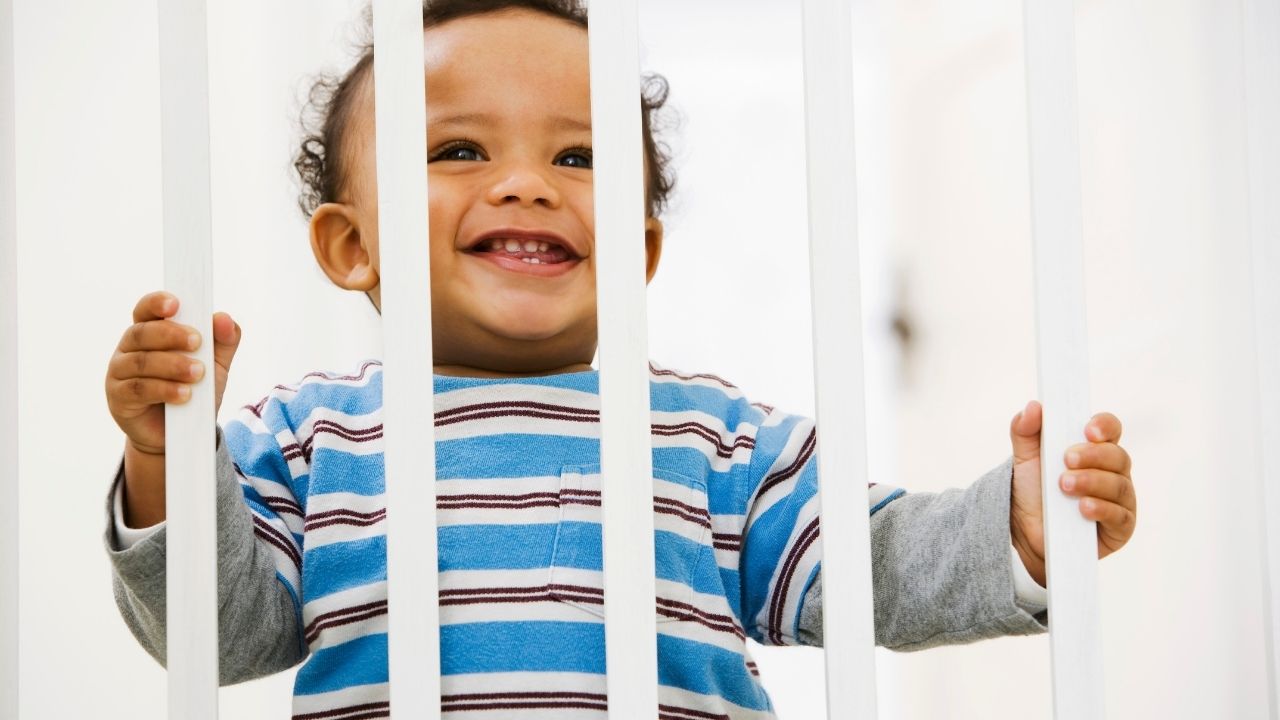
- Online resources: There are numerous websites dedicated to providing information on child safety. From articles on household hazards to product reviews, these sites can help you become more aware of potential risks.
- Safety apps: Downloading a child safety app can help you stay alert and organized in case of an emergency. These apps provide valuable information such as first aid tips, emergency contact numbers, and even GPS tracking for your child's location.
- Local news outlets: Stay updated on local news stories relating to child safety issues in your area. Knowing about incidents or accidents that have occurred nearby can help you take extra precautions when necessary.
Remember, staying informed may be the key factor in protecting your little one from harm. Take advantage of online resources, download a safety app or two, and make it a habit to keep an eye out for relevant news stories. By doing so, you're taking proactive steps towards creating a secure environment for your little explorer!
Frequently Asked Questions
What should I do if my child accidentally ingests a harmful substance?
If your child accidentally ingests a harmful substance, the first thing you need to do is remain calm. Immediately call emergency response and follow their instructions as they will guide you through the correct steps to take. It's important not to make your child vomit or provide any type of medication unless directed by a medical professional. While waiting for emergency responders, contact poison control center as they can also provide guidance on what actions need to be taken. Remember, time is crucial in situations like these so act quickly and seek help from professionals who know how to handle emergencies like this one.
How can I ensure my child is safe while playing outside?
Did you know that over 200,000 children are treated for outdoor play injuries every year in the United States alone? As a parent, you want to make sure your child is safe while playing outside. To ensure their safety, it's important to be aware of potential outdoor hazards and childproofing techniques. Check the playground equipment for any broken or unsafe parts before letting your child play on it. Also, make sure they wear appropriate protective gear such as helmets when biking or skating. Don't forget about sun protection either - apply sunscreen regularly and provide shade with an umbrella or canopy. Being proactive in implementing these safety measures will give you peace of mind while your little explorer enjoys the great outdoors.
Are there any specific toys or play equipment I should avoid for safety reasons?
When it comes to toy hazards and playground safety tips, there are definitely some things to keep in mind. First and foremost, avoid toys with small parts that could be a choking hazard for your child. Additionally, steer clear of play equipment that is not age-appropriate or has sharp edges or points that could cause injury. Be sure to inspect any playground equipment before allowing your child to use it, checking for loose bolts or screws and ensuring everything is properly anchored. And don't forget the importance of proper supervision - always keep an eye on your little one when they're playing outside. By being aware of these potential hazards and taking steps to prevent them, you can create a safe environment for your child to explore and have fun in!
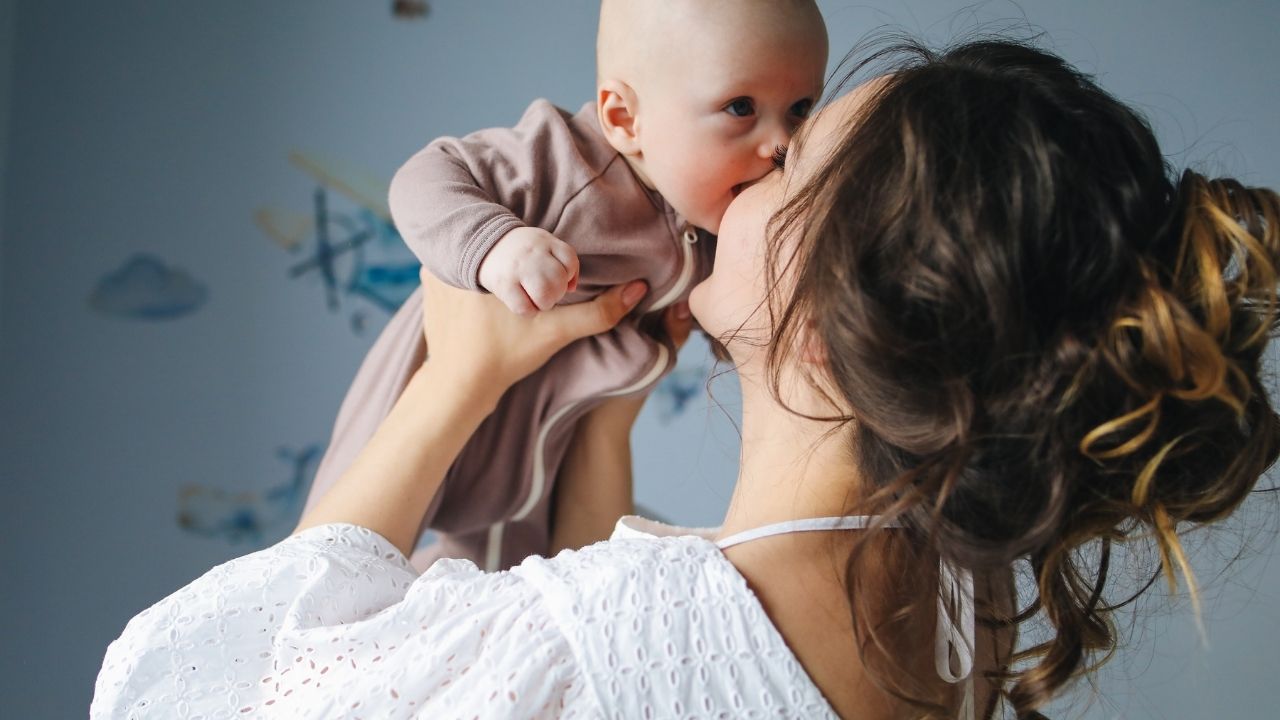
Is it safe for my child to use electronic devices like tablets or smartphones?
It's understandable to want to introduce your child to electronic devices like tablets or smartphones, but it's important to consider screen time limits and parental controls. Research shows that excessive screen time can have negative effects on a child's development, including language skills and social interactions. To prevent this, set reasonable limits on how much time your child spends using electronic devices each day. Additionally, make use of parental controls available on these devices to restrict access to inappropriate content and monitor their usage. By taking these steps, you can provide a balance between technology and healthy development for your little one.
What steps can I take to prevent accidents or injuries while traveling with my child?
When traveling with your child, it's important to take some simple but effective steps to prevent potential accidents or injuries. One of the most important ways you can do this is by childproofing your home before you leave. Make sure all dangerous items are out of reach and secure any cabinets or drawers that could be accessed by curious little hands. When traveling in a car, always use proper car safety equipment such as car seats or boosters appropriate for your child's age and weight. Additionally, never leave your child alone in a vehicle, even for just a few minutes. By taking these precautions, you can help ensure that your travels with your little one are safe and enjoyable for everyone involved.
Conclusion
Congratulations on taking the first step towards creating a secure environment for your little explorer! By following the tips outlined in this article, you can ensure that your child is safe and protected at all times. Remember, safety should always come first.
Did you know that injuries are the leading cause of death among children between one and four years old? This is a startling statistic that highlights just how important it is to create a safe environment for our little ones. But by implementing some basic safety measures, such as baby-proofing your home and teaching your child about stranger danger, you can greatly reduce the risk of accidents and keep your child healthy and happy.
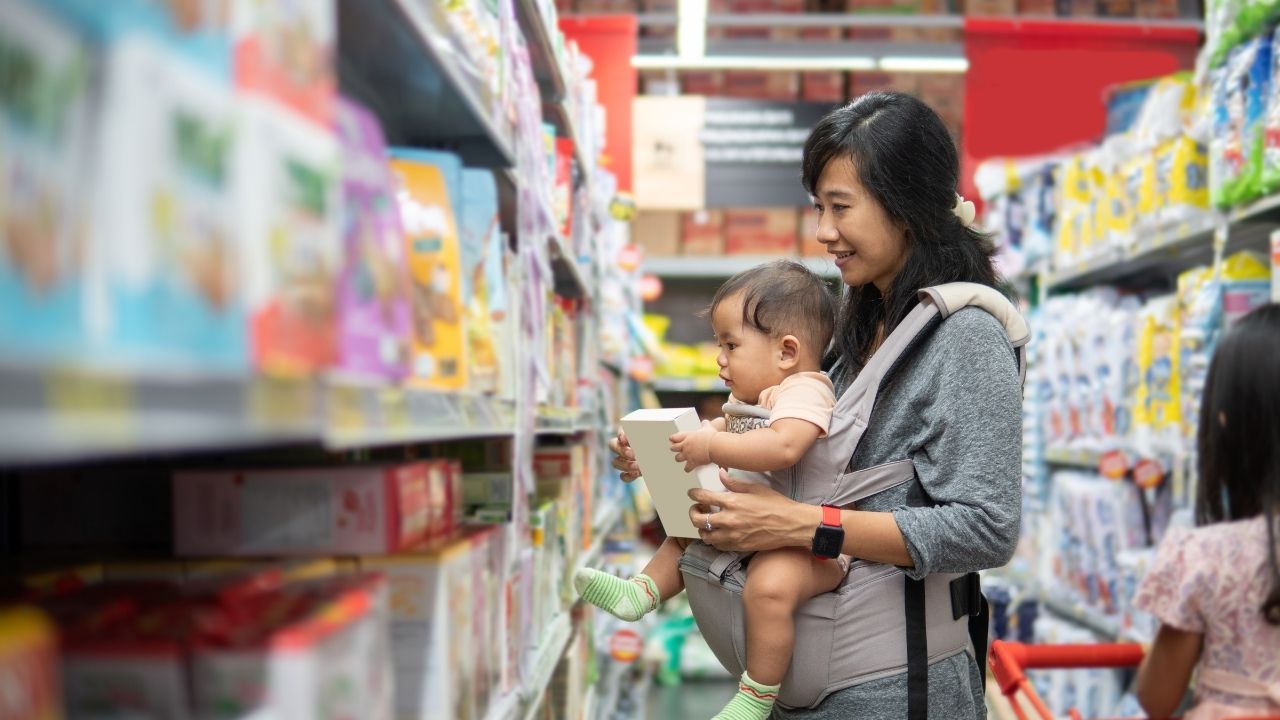
As a caring parent, it's up to you to provide a secure space where your child can grow and explore without fear. By staying informed about potential dangers, promoting good hygiene habits, and being prepared for emergencies, you can give your child the best possible start in life. So take these tips to heart and enjoy watching your little one thrive in an environment that prioritizes their safety above all else!
.png)
